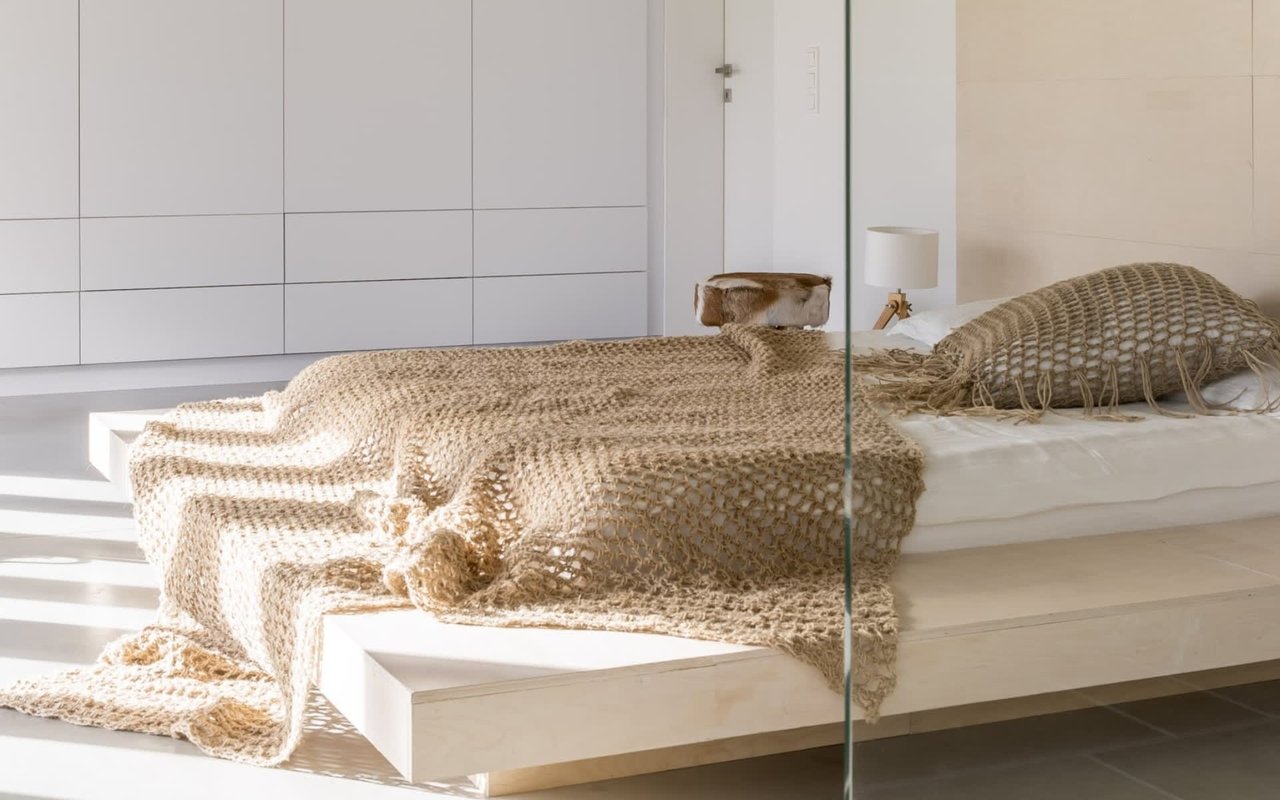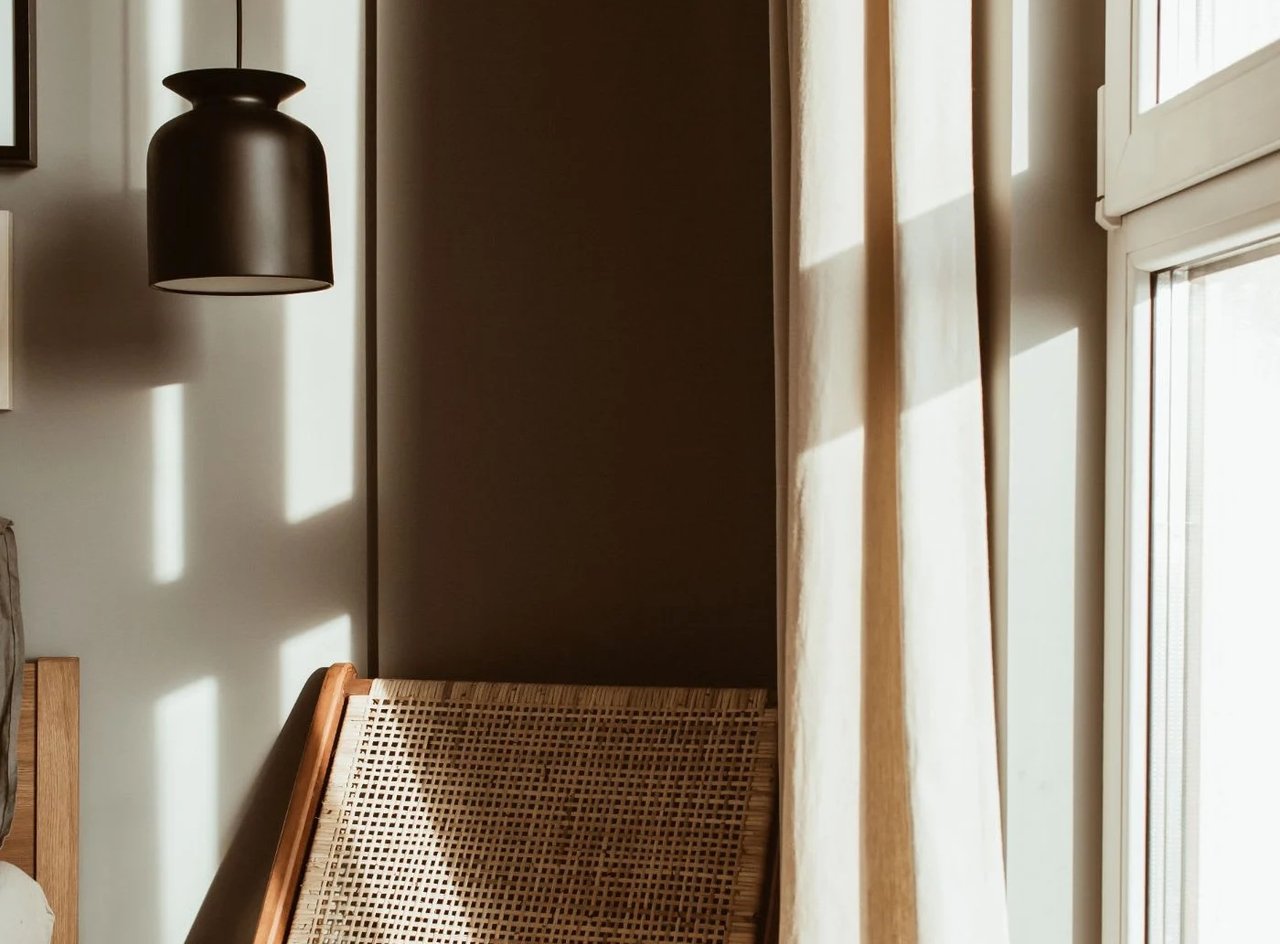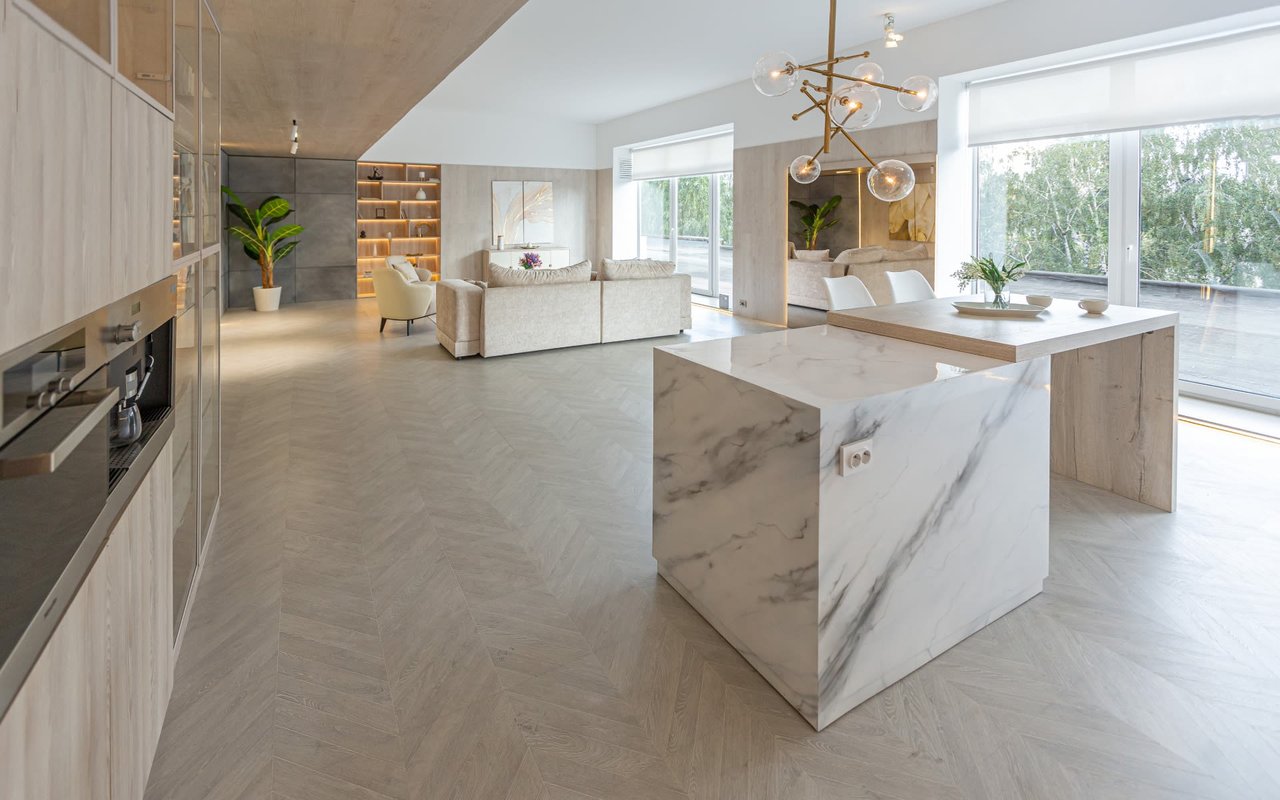
Preventing unwanted outside noise from entering, soundproofing your home can greatly improve your sleep and overall comfort level. Whether you're dealing with noisy neighbors or street sounds or simply want to create a quieter environment, these tips can help you achieve a more peaceful living space.
1. Seal Gaps and Cracks
One of the simplest and most cost-effective ways to soundproof your home is by sealing gaps and cracks around windows, doors, and walls. Noise easily travels through these small openings, so by using weatherstripping, caulk, or acoustic sealant, you can significantly reduce the sound that enters or escapes.
2. Install Soundproof Curtains or Blinds
Windows are a common point for sound to enter a room. Adding thick, heavy curtains or soundproof blinds can help absorb noise. Look for curtains made of dense materials like velvet or specifically designed for soundproofing. These are especially useful for rooms that face busy streets or loud neighbors.
3. Add Rugs and Carpets
Hard surfaces like hardwood floors or tiles allow sound to bounce around, making a room feel noisier. By laying down thick rugs or wall-to-wall carpeting, you can help absorb and dampen sound. Area rugs with an underlay or thick padding will improve the overall soundproofing effect and make a room feel cozier.
3. Upgrade to Solid Core Doors
Hollow-core doors, commonly found in many homes, allow considerable sound to pass through. Replacing them with solid-core doors can dramatically reduce noise transmission between rooms. Solid-core doors are denser and better at blocking sound, making them a smart investment for creating a quieter indoor environment.
4. Install Acoustic Panels
Acoustic panels are specifically designed to absorb sound and can be a great addition to areas like home offices, media rooms, or bedrooms. These panels come in various styles and colors, making it easy to blend them into your home décor while also reducing noise. They work by absorbing sound waves, preventing them from bouncing off walls and ceilings.
5. Soundproof the Walls
If you're dealing with particularly noisy neighbors or external noise, soundproofing your walls may be necessary. Installing additional layers of drywall or using soundproof drywall can be effective. You can also add mass-loaded vinyl (MLV) between wall layers to block noise. While this is a more expensive option, it can significantly relieve persistent noise.
6. Use Door Sweeps
A lot of noise can enter a room from the gap beneath the door. Installing a door sweep at the bottom of interior and exterior doors will help reduce this. Door sweeps block sound and prevent air drafts, making them a simple, cost-effective way to improve soundproofing.
7. Incorporate Soundproofing Materials Into Decor
Lastly, consider incorporating sound-absorbing materials into your décor. Wall tapestries, thick curtains, upholstered furniture, and bookshelves filled with books can help absorb sound and reduce noise levels in a room. These elements add style to your home and serve a practical purpose in sound reduction.
Soundproofing your home doesn't have to be complicated or expensive. By sealing gaps, adding rugs, and upgrading materials like doors and windows, you can effectively reduce noise and create a more peaceful living environment.




